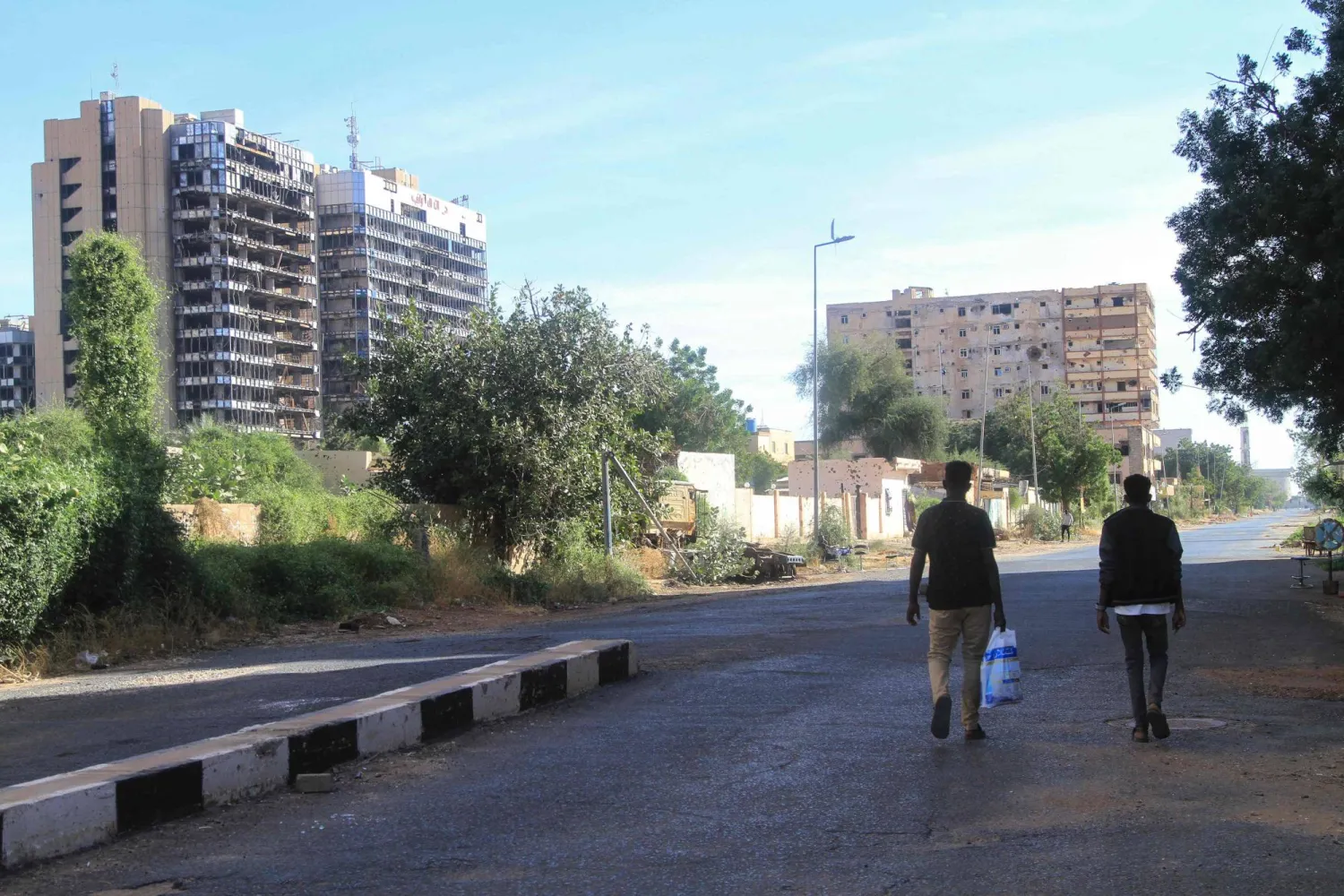Dwindling ammunition threatens Ukraine’s hold on the 1,000-kilometer (620-mile) front line under withering assault by Russian artillery. Defensive lines are in jeopardy.
Ukrainian forces withdrew from the city of Avdiivka in the Donetsk region on Saturday after daily Russian onslaughts from three directions for the last four months.
Avdiivka was a stronghold for Ukrainian positions deeper inside the country, away from Russia. A frontline city ever since Russia first invaded Ukraine in 2014, the fortified settlement with a maze of trenches and tunnels served to protect important — less strengthened — logistical hubs further west.
Its seizure boosts Russian morale and confirms that the Kremlin’s troops are now setting the pace in the fight, to the dismay of Ukrainian forces who have managed only incremental gains since their counteroffensive last year.
CONGRESSIONAL INACTION The Biden administration linked the loss of Avdiivka to Congressional inaction on $60 billion in military aid for Ukraine.
President Joe Biden said he told Ukrainian President Volodymyr Zelenskyy in a Saturday phone call after Ukraine announced it was withdrawing troops from Avdiivka that he remained confident that the US funding would eventually come through. But, when reporters asked if he was confident a deal could be struck before Ukraine loses more territory, Biden responded: “I’m not.”
DWINDLING SUPPLIES The Associated Press interviewed over a dozen commanders, including heads of artillery units, in the war’s most intense combat zones in the weeks ahead of Avdiivka’s fall. They said shortages, which have always plagued Ukrainian forces since the full-scale invasion, grew acute last autumn.
Dwindling supplies of Western-supplied long-range artillery in particular means Ukrainian forces are inhibited from striking high-value targets deep behind Russian lines, where heavy equipment and personnel are accumulated.
For weeks, Ukrainian forces across the frontline have complained about critical shortages in ammunition, with some artillery batteries fighting with only 10 percent of supply they need. Desperate to economize shells, military leaders ordered units to fire at only precise targets. But commanders on the ground say this is barely enough to restrain their better supplied enemy. Concerns are growing that without military aid the fall of Avdiivka may be repeated in other parts of the frontline.
A VICTORY FOR MOSCOW The withdrawal of Ukrainian soldiers from the heavily fortified town handed Russia its biggest victory since the battle of Bakhmut last year. It will allow the Kremlin’s troops to push their offensive further west, deeper into Ukrainian-held territory over less-fortified areas. Pokrovsk, a railway junction further east, could be the next Russian objective, military bloggers said.
Russian military officials and war bloggers said that the capture of Avdiivka reduced the threat to the Russian-held city of Donetsk.
ECONOMIZING SHELLS “Currently the ammunition deficit is quite serious. We are constantly promised that more is coming, but we don’t see it coming,” said Khorobryi, commander of an artillery battery. Their battery has only 5-10% of ammunition needed, he said.
That, he said, robs forces of their ability to effectively attack and regain territories. Even worse, Ukraine loses fighters because it cannot give infantry covering infantry fire.
He, like other officers interviewed for this story, spoke on condition that only their first names be used for security reasons.
“We have nothing to fight with, we have nothing to cover our frontlines,” said Valerie, who commands a howitzer unit that uses NATO-standard 155 mm rounds. To repel a Russian attack, he said they needed 100-120 shells per unit per day. Today, they have a tenth of that, he said.
RUSSIA CHANGES TACTICS Ukrainian soldiers positioned in Avdiivka said that before the fall of the city Russia had switched tactics to capitalize on dire ammunition shortages.
Instead of sending columns of armed vehicles, Moscow’s forces began dispatching waves of smaller infantry groups to engage Ukrainian forces in close quarters. It meant Ukrainian forces had to expel “five times” more ammunition to keep them at bay.
“The enemy also understands and feels our capabilities, and with that, they manage to succeed,” said Chaklun, a soldier in the 110th Brigade.
A FRAGILE NORTH Concerns abound about how the ammunition shortage will impact Ukrainian forces in other sectors of the frontline. The Kupiansk line, in Ukraine’s northeast, is fragile. Russia has been intensifying attacks in the direction for months in a bid to recapture the important logistics hub it had lost in the fall of 2022.
Yuri, the commander of the 44th Brigade in Kupiansk, said his aerial reconnaissance units spot many long-range targets, including Russian mortars and grenade launchers, but because they don’t have enough ammunition, they can’t hit them.
Instead, he has no choice but to watch how his enemy accumulates reserves at a distance.
Oleksandr, the commander of a battalion of the 32nd Brigade in Kupiansk said he had just enough shells - for now.
“But it depends on the intensity from the Russian side. If they increase it, it won’t be enough to hold this line,” he said.









